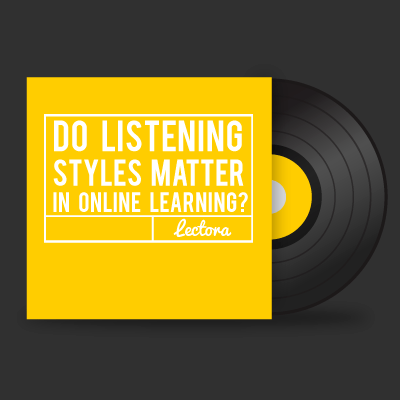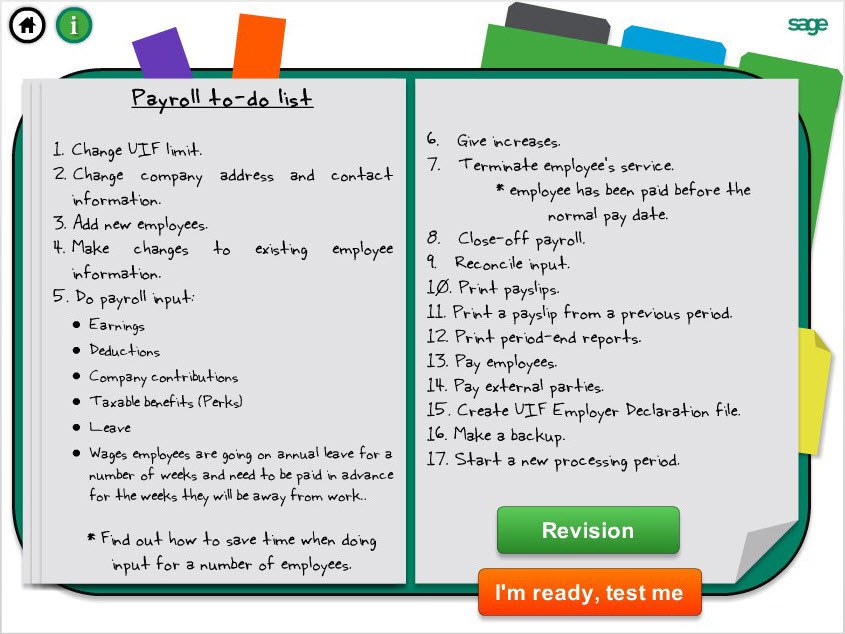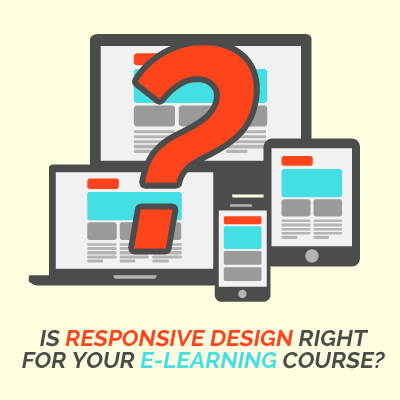September 22, 2014
Top 8 Agile Practices for Best eLearning Results
While Agile has been proven to deliver higher-quality eLearning projects faster, thereby reducing both the time and the cost of developing courses, its benefits can only be reaped if Agile is done correctly. Here are a few best practices to follow when using Agile for eLearning project management/development.
by Marina Arshavskiy











